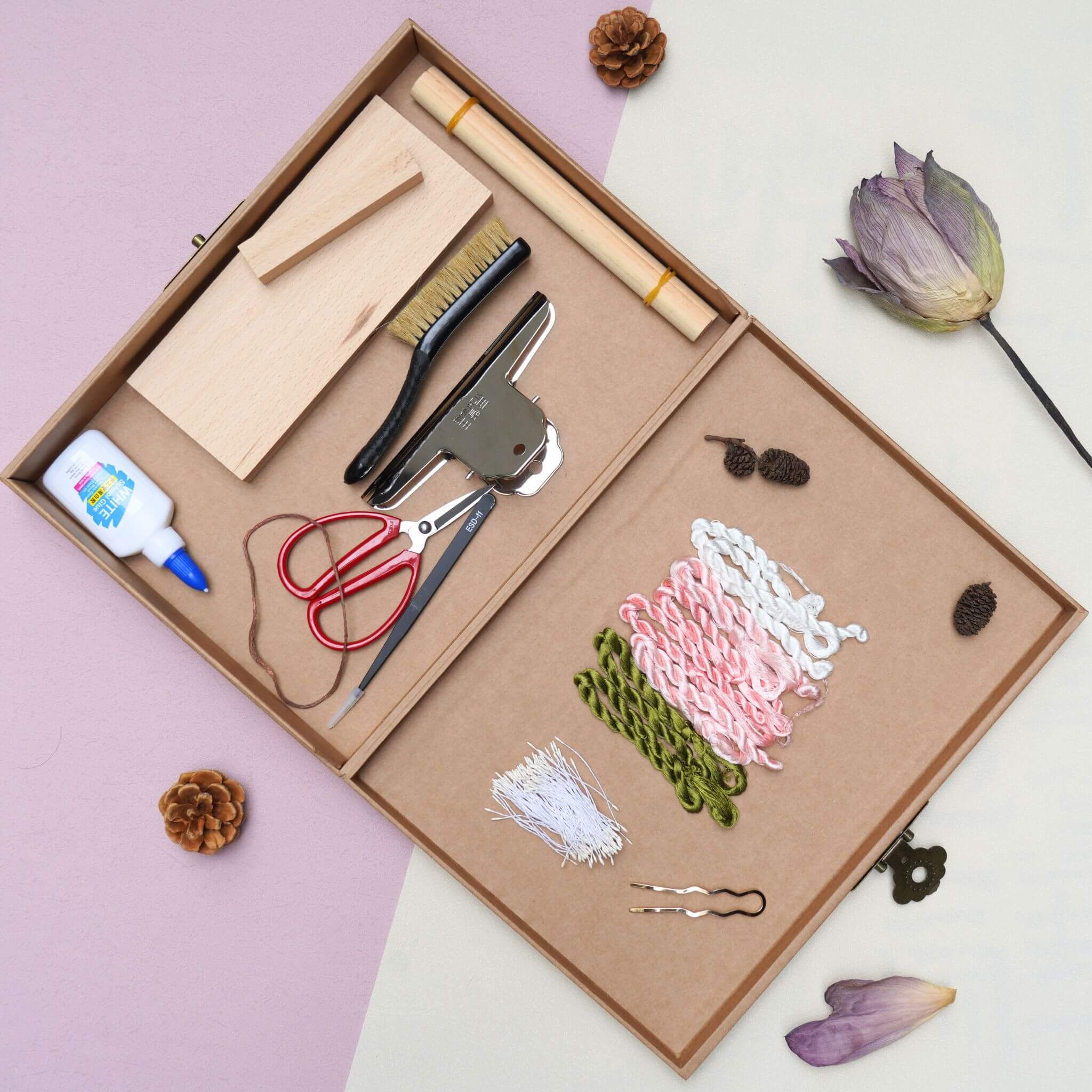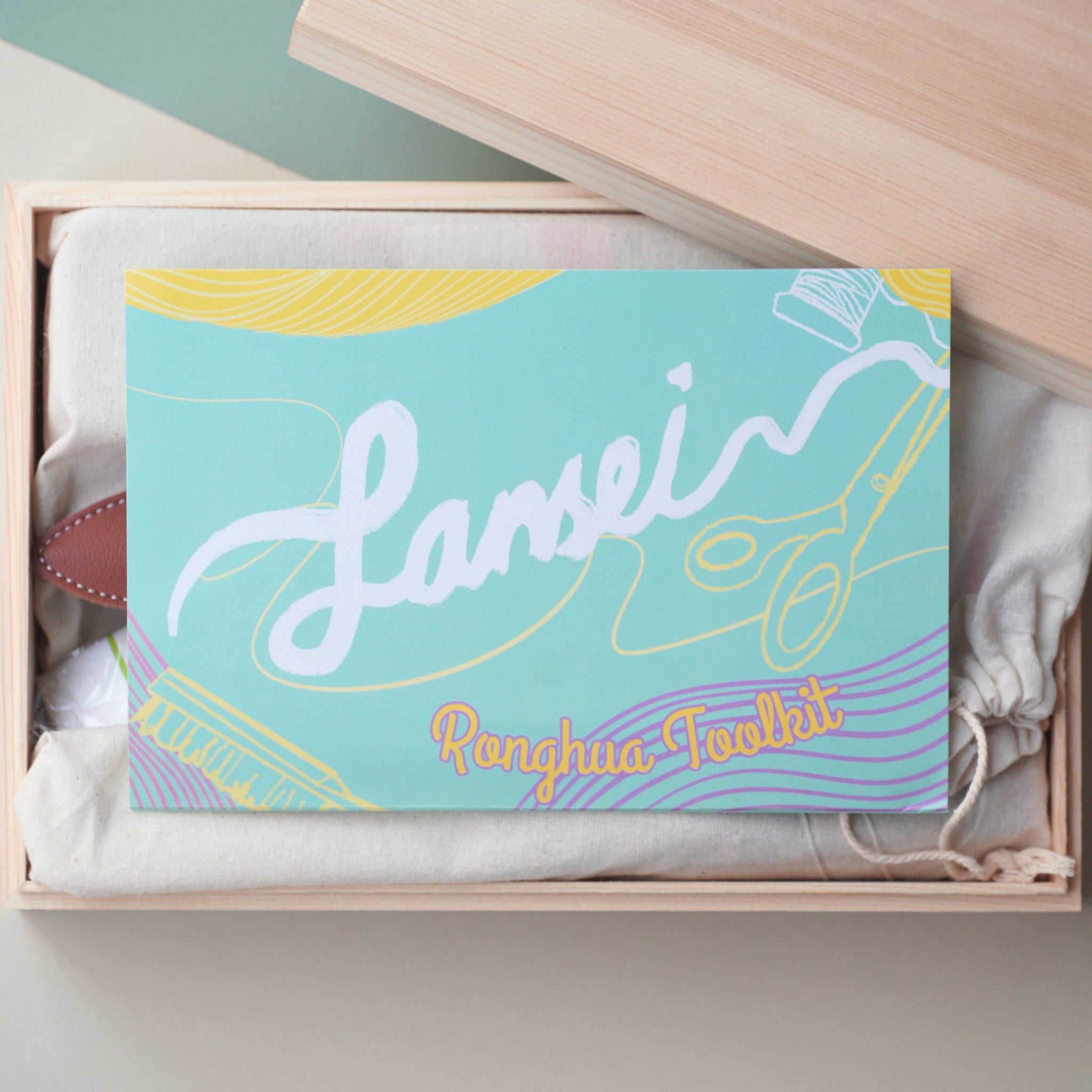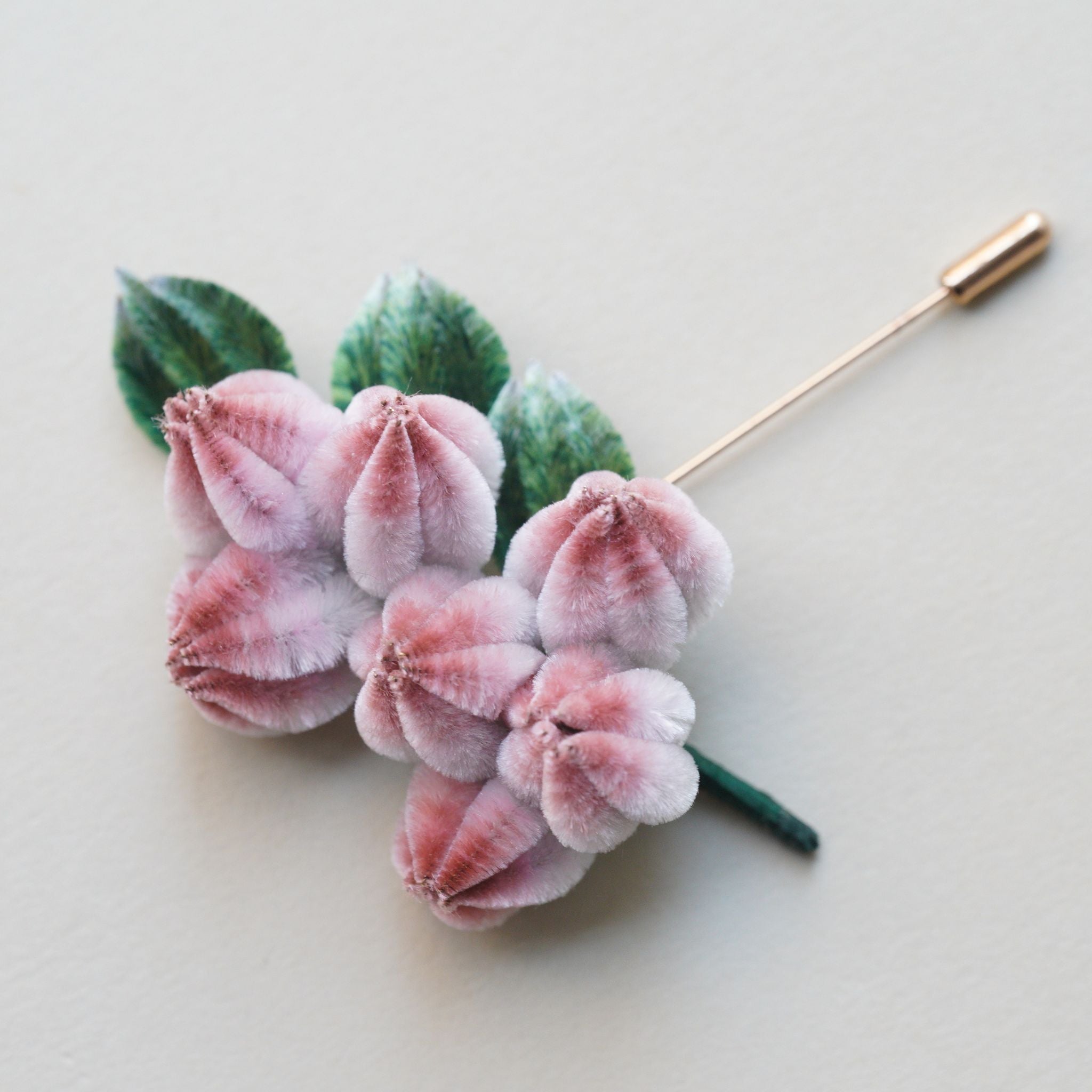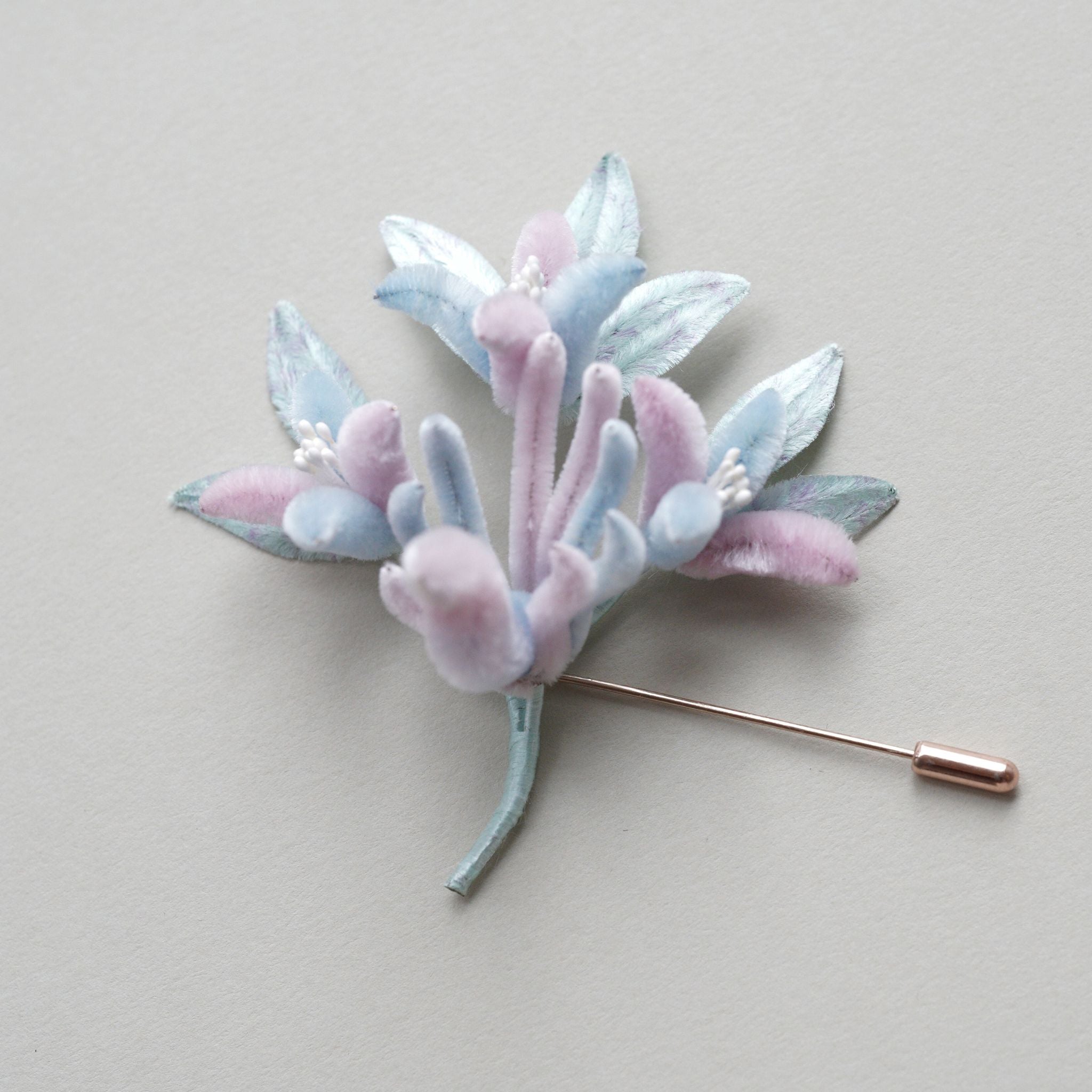In a world brimming with vibrant hues, ronghua flowers stand out with their unique color combinations and the special sheen of their materials. Each color pairing in ronghua reveals its own distinct charm.
Traditional Colors of Ronghua
Traditional ronghua flowers predominantly feature high-saturation colors, with red being the primary hue, symbolizing good fortune and celebration. Complementary colors like pink, dark green, and bright green make the ronghua look more vivid and lively. Accents of yellow and gold add an extra touch of luxury and solemnity to the flowers.

Modern Ronghua Color Trends
As times change, the color palette of modern ronghua has evolved. Modern ronghua breaks away from traditional color schemes, experimenting with more diverse color combinations. Nowadays, lower saturation and higher brightness shades, as well as gradient colors, are popular. These choices create a more natural and soft transition between colors, giving ronghua a more realistic and lively appearance, while also providing a serene and comfortable visual experience.

Techniques for Color Transitions
Color Selection: First, choose colors based on the theme and style of the ronghua. These colors should coordinate well and create a harmonious visual effect. Consider factors like brightness, purity, and hue. Beginners or those less skilled in color matching can start with basic combinations.
Black, White, and Gray Combinations: These neutral colors can pair well with any other color. Black and white create a striking contrast, while gray pairs more subtly.

Analogous Colors: Choose colors close to each other on the color wheel, such as red and orange-red, or yellow and grass green. This creates a more peaceful effect.

Monochromatic Colors: Use different shades and tints of the same color, such as light pink and dark pink, or pale yellow and mustard.

Primary and Secondary Colors: Select one color as the main color, and use other colors as accents. The main color should cover a larger area than the accent colors to maintain overall harmony and stability. This method helps highlight the theme and focus of the ronghua.

Techniques for Laying and Blending Threads
Laying Threads: Start by determining the direction and density of the threads based on the shape and texture of the flower. For fluffy ronghua flowers, use about 10-12 threads per group. The width of the thread row depends on the size of the flower. For flatter ronghua flowers, 5-7 threads per group are ideal. Ensure the threads are tightly aligned. When creating color gradients, use at least three groups of intermediate colors for a smooth transition.

Color Blending: Use threads of different colors to weave and blend together naturally. Take two adjacent groups of different colors, split each group into two parts (one larger, one smaller), and combine the larger part of one color with the smaller part of the other. After brushing, this creates a gradient effect. For example, take a group of ten threads, split into six and four threads, and reassemble them with adjacent colors, aligning the colors with the neighboring threads. Brush the threads to blend the colors naturally. Control the color concentration and blending range to avoid overly chaotic and unclear transitions.


Creating ronghua flowers with beautiful color transitions is both an art and a craft. By mastering these techniques, you can make your ronghua creations more layered and three-dimensional, enhancing their visual appeal and artistic value.



























